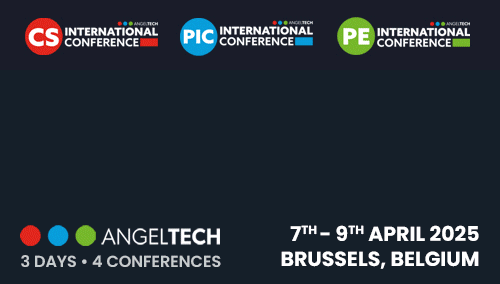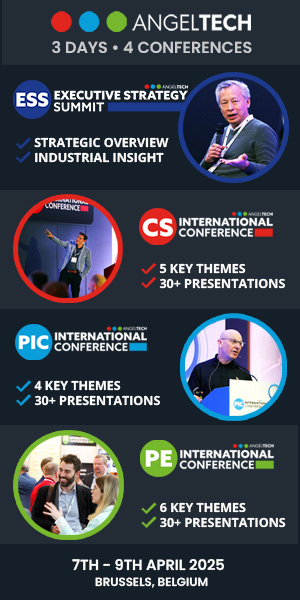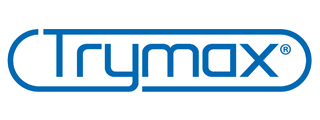Manufacturers can reap dividends by properly managing IP reuse

This article is the second in a two-part series examining the challenges and benefits of IP reutilization within semiconductor manufacturing. Perforce is expert in navigating the complicated issues surrounding IP protection and ways to safely reuse IP in manufacturing. The article series is provided as a guide to the role and significance of IP across industrial sectors and is not intended to replace counsel.
BY SIMON
BUTLER, GENERAL MANAGER, METHODICS BY PERFORCE
AS CHIPS become more complex, the demand for reusable and pre-verified IP blocks of Intellectual Property (IP) has grown. However, while it has some powerful benefits, IP reuse in practice has multiple challenges that need to be clearly understood and strategically addressed, which many organisations continue to find hard. Apart from inefficiencies around IP management (which can undermine the potential benefits of reuse), IP leakage continues to be a huge problem, meaning that companies’ valuable assets are being used without their permission.
So that begs the question, if IP reuse is so tricky, is it worth the effort? Arguably, without IP reuse, the industry cannot keep up with demand. We all know the drill: time-to-market timescales are shrinking, whether across automotive, the IoT, or consumer goods. So new design is not an option. These days most designs must start at 60-80 per cent reuse design to keep on schedule. Taking a previous design as a starting point does not work because enhancements and new features need to be added. Therefore, a design must use a collection of lower-level modules, or IP, to accommodate improvements, customisation, and new ideas.
The lower-level IP that frequently serves as a foundation for new work can come from several sources, such as previous designs developed internally; the creation of new IP, but the content is ‘packaged’ in such a way that it can be repurposed into multiple designs, and finally third party IP, whether from partners or commercial IP providers. Indeed, IP reuse is also a business opportunity in itself, creating a new revenue stream for many organisations. This more open, collaborative approach helps the industry to increase development velocity and support innovation collectively.
Not So Easy
The business case for IP reuse is clear, but in practice, IP reuse has multiple challenges. First, designers may be resistant to change and concerned that IP reuse means more work. IP can also be hard to discover, particularly in an ecosystem where there are potentially thousands of pieces of IP to consider. Not finding these assets quickly or easily can make it tempting to start from scratch rather than trying to repurpose existing IP that at least at first appears somewhat hidden from plain sight. Different teams will have different workspaces and preferred tools, which exacerbates the visibility and accessibility of IP further, especially if they are remotely dispersed. Plus, while everyone needs to collaborate in an efficient, virtual way, the security of IP is paramount. Just like the end product, IP has a tangible market value.
In an ideal world, development processes must make it easy for the designer to make IP available, for changes and modifications to be easy, and for any additional workload overhead to be minimal. When sharing with others, IP should be easy to find, ideally with a centralised catalogue of all IP that is constantly maintained and covering all the relevant metadata within the IP, what we refer to as the six Ws: Who, What, Where, When, Why, and hoW. That catalogue needs to gather data from different contributors around the world and span different workflows.
Staying with that point, workspace management must be rationalised to support efficient IP reuse so that users can stay within their environments and provide a unified view that supports collaboration. However, there is a caveat: data must be kept secure, with not everyone seeing everything. For instance, contract workers and consultants may only have access to certain parts of the design. Clearly, organisational security policies and protocols must always be enforced; these may vary by industry, such as ITAR restrictions for military applications.
Best Practice Steps
Fortunately, many steps can be taken towards achieving more secure, better-managed IP reuse. These steps are not just theory but are already being implemented successfully by various organisations around the globe. First, do not delay: it is never too early to adopt IP management practices that support reuse because, as we all know, the next design requirement is just around the corner. Second, proper IP reuse techniques will lead to better design results for the long term, with an increased level of testing across different usage scenarios contributing to a reduction in errors. Third, think globally; IP management is only as strong as its weakest points.
Best practices need to be universally and uniformly embraced across all teams; otherwise, groups not on board could break an entire design. This is not just a wild claim: companies that have allowed teams to work outside the system have had catastrophic failures as a result. Block any back doors.
As a baseline, create an environment that allows designers to work the way they want to but have the IP system take care of all aspects of IP lifecycle management, supporting different methodologies, design tools, and infrastructure. Implementing a platform to manage and track a company’s internal and external IP assets is a somewhat new concept and the majority of the metadata needed to qualify an IP’s quality, context, state, and other factors is typically scattered across the various implementation and verification tools used in the design. The challenge is to extract this metadata and associate it with a versioned set of dependent IPs for project milestone releases.
An integrated product lifecycle (IPLM) system, of which there are now a variety available (and some are also focused on the specific requirements of semiconductor IP), should handle these hierarchical IP/ metadata requirements and the accompanying release flow required to deliver these versions. Ideally, it would also enable the deployment of the required project IP versions (IPVs) to user workspaces and guide the user to update these workspaces as the project Bill of Materials (BoM) evolves. This allows the support team to take a more proactive approach to keeping users on track with the correct IP versions, best practices around IP reuse, and discovery of new candidates for IP reuse.
Security must become an integrated part of the IP management process, with the PLM system enforcing policies such as:
⊕ Geofencing to control access to key assets according a user’s physical location.
⊕Partial workspaces to enable a single project hierarchy control of what IPs are available to individual users.
⊕Security assurance to track an IP’s development and ensure its provenance hasn’t been compromised during its lifecycle.
While these steps require quite some effort, they will pay dividends both now and in the future. As the semiconductor industry continues to evolve – with the complexity of hardware and software assets exploding and teams operating remotely even more frequently then they have in the past – more efficient management, protection, and reuse of IP have to be a priority.





























































